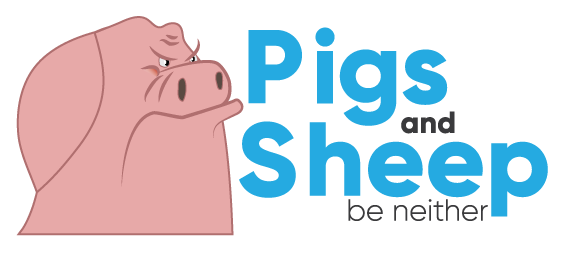Fractals are quintessential examples of beauty in nature. By definition, they are patterns or shapes that repeat themselves at ever smaller scales. In this, they are perfect metaphors for modern identity politics.
Distilled to their essence, identity politics are binary conflicts between “oppressors” and “oppressed.” Who exactly constitutes each of those groups is the only variable, e.g. men vs women, whites vs minorities, heterosexuals vs homosexuals, rich vs poor, liberals vs conservatives. Identity politics are also zero-sum. They portray the oppressed as suffering at the hands of or merely because of the oppressors, and they prescribe remedies that involve forcible subjugation of the oppressors to the oppressed.
In identity politics we find a grievance hierarchy, where different identity groups “rank” differently overall and in comparison to each other. Empirical evidence helps us figure out those rankings, both among the most common identity groups and in hot-button issues.
A vertical ranking alone is useful, but it’s insufficient to flesh out our hierarchy. When we take a magnifying lens or a zoom slider to a particular identity group, we find second- and third- order hierarchical squabbles. The more microscopic levels of identity politics and victimhood culture are where we find the roots of microaggression and overstratification. It’s where language itself becomes a weapon and a fortification, where using the proper terms virtue-signals and using improper terms (as determined by the self-appointed curators of the grievance hierarchy: the liberal intelligentsia and the social justice warriors) is an invitation for immediate and ruthless attack.
The shame of this metaphor is that fractals are beautiful, while identity politics is ugly. Fractals are among the many wonders of nature that trigger the hormones that make us feel happy, while identity politics is a ubiquitous source of stress no matter who you are or what group you belong to. If you’re an average person who participates in the real world, you are certainly aware that your language choices will be judged by others, and whether you realize it or not, you manage your language to suit your assumptions of others’ expectations. Even the aforementioned curators, who presumably have chosen all the right words to say, are inevitably on high alert at all times. They watch for and listen for transgressions, and if they go too long without finding any, come up with new ones. It must be utterly exhausting to live that way. Identity politics is, as I noted earlier, zero-sum, winner-loser, oppressed-oppressor. It generally devolves to force, societally or legally applied, and that’s as ugly as it can get.
The fractals we find in nature don’t have infinite scale – you can’t zoom in forever. So it goes with identity politics. Eventually, you get down to individuals. It is at this lowest level, where we lose the beauty of fractal patterns, that we lose the ugliness of identity politics. It is when we drill down past the external identifiers and the demographic check boxes that we can escape the zero-sum oppressor-oppressed dynamic. When we treat each individual as just that, an individual, without consideration of any identity markers other than “human,” we find happiness, peace, joy, and benefit from mutual cooperation. It is where the smart folks who first came to understand the tenets of individual liberty saw the future of humankind and it is only there, below and apart from all identity politics, that we can grow together as a society.

Active Comment Threads
Most Commented Posts
Universal Background Checks – A Back Door to Universal Registration
COVID Mask Follies
When Everything Is Illegal…
An Anti-Vax Inflection Point?
“Not In My Name”
The Great Social Media Crackup
War Comes Through The Overton Window
The First Rule of Italian Driving
Most Active Commenters